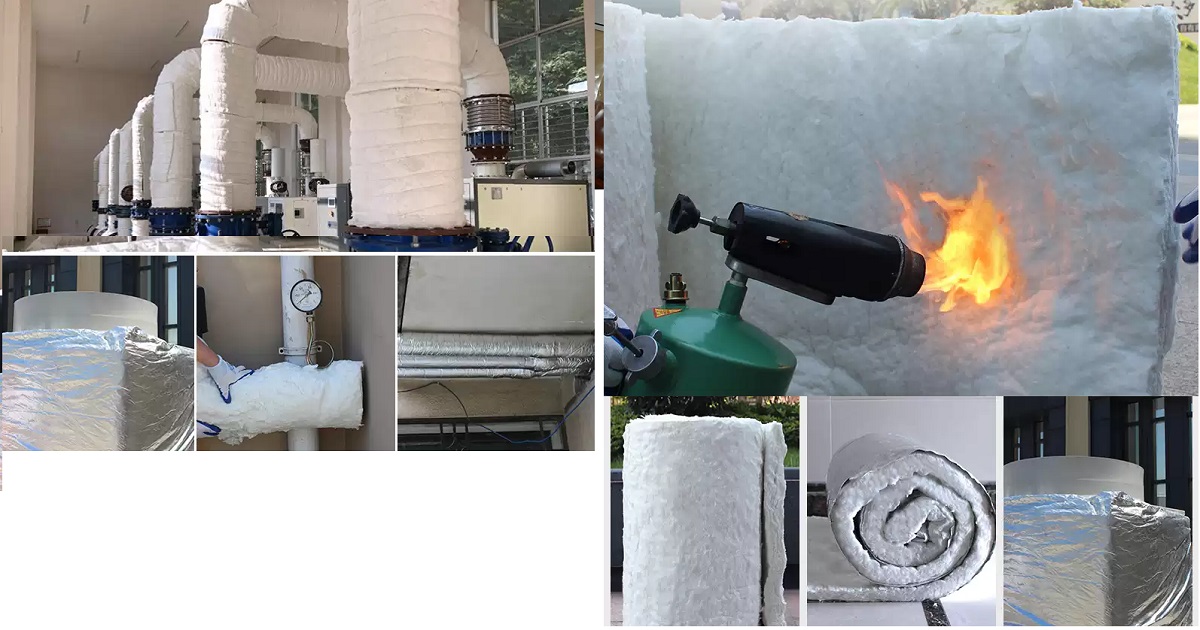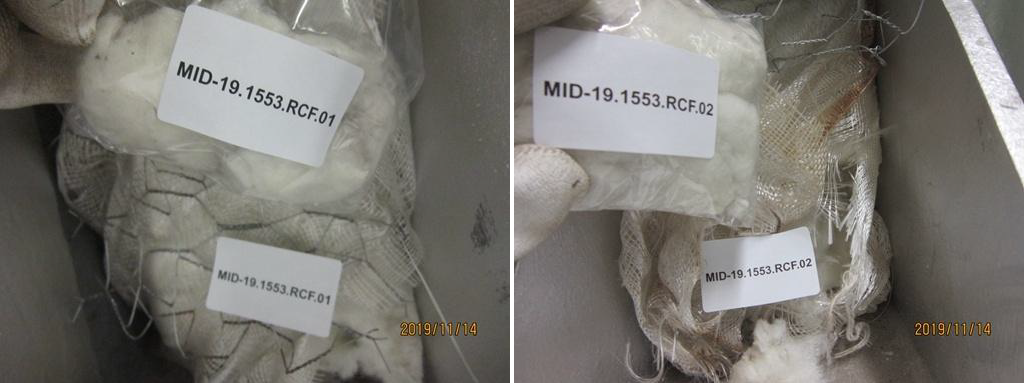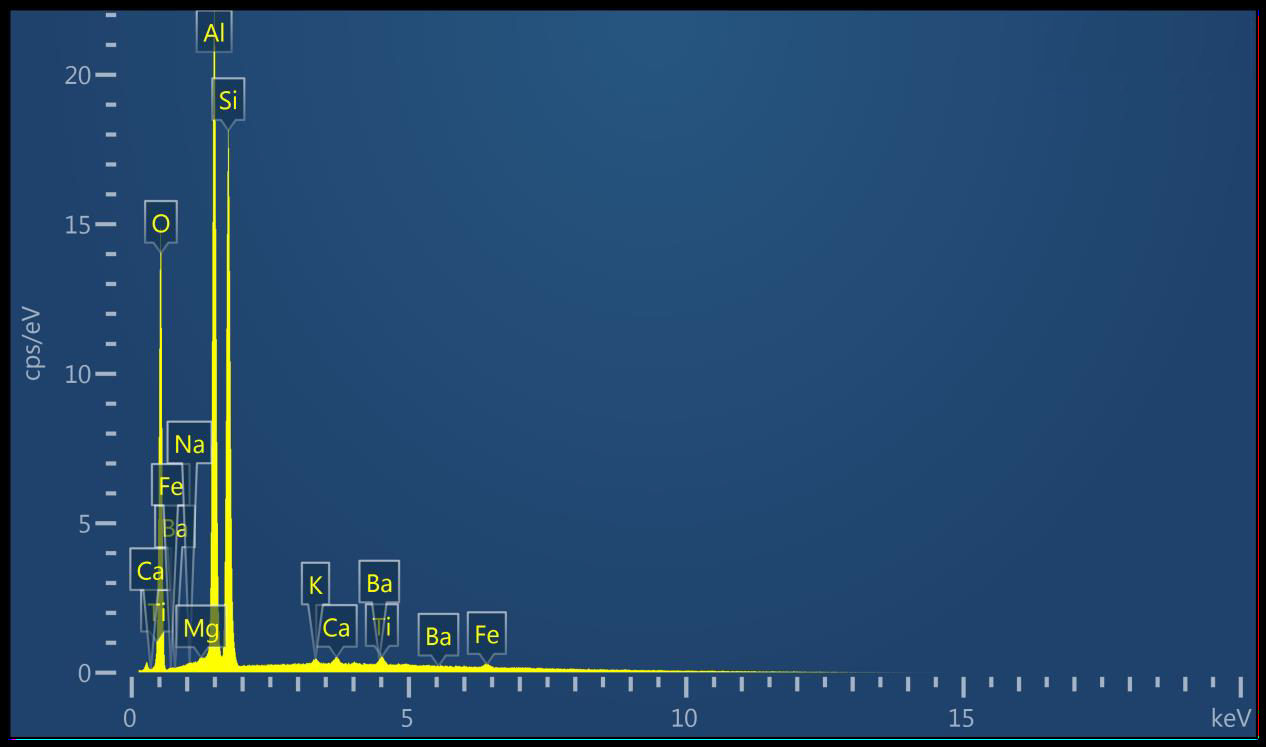Services
Related Pages
Refractory Ceramic Fibre (RCF) Survey And Analysis

Towards the end of 1998 certain types of man-made mineral fibres (MMMFs) were classified as carcinogens. The Operational Circular (OC) and Information Document (ID) ‘Hazards from the use of Refractory Ceramic Fibre’ (OC 267/3), gave information and guidance on hazards and precautions to be taken when refractory ceramic fibres are being used, one widely used type of MMMF.
Refractory ceramic fibre (RCF) comprises a group of several types of man-made vitreous (silicate) fibres, used as insulation material in high temperature applications, particularly in the following industries, listed in decreasing order of usage:
- ceramics;
- secondary metal treatment (including foundries);
- petrochemical industry;
- steel and non-ferrous metals (primary treatment);
- chemical processing (general); and
- automotive industry.
On 10 November 1997, a European Technical Progress Committee decided that the evidence was sufficient to warrant RCF being classified as a category 2 carcinogen (i.e. a substance to be regarded as if it were carcinogenic to humans) and the risk phase R49 ('may cause cancer by inhalation') should apply.
The Directive approved by this committee (Directive 97/69/EC of 5 December 1997) which has now been ratified by the European Commission will be implemented in the UK by an amendment to the Chemicals Regulations (CHIP Regulations, 1994) - Hazard Information and Packaging for Supply. Further information is contained in OM 1997/123. It has also been agreed that risk phrase R38 ('irritating to the skin') will apply to RCFs.
As exposure to RCF must be reduced to the lowest level reasonably practicable, appropriate respiratory protective equipment (RPE) is required when maintenance, wrecking, or any other job likely to result in significant levels of dust is being carried out (this will be the case despite the above precautions being taken). Respiratory protective equipment must either be ‘CE’ marked or HSE approved. HSE approval of RPE ceased on 30 June 1995 but HSE approved equipment made before 1 July 1995 can continue to be used, if it is suitable and maintained to perform correctly. HSE guidance booklet HS(G)53 on ‘The selection, use and maintenance of respiratory protective equipment’ provides further guidance.


Get in touch
If you have any questions or comments please don't hesitate to contact us
Services
Fuel Testing Solutions Water Compliance Services IHM & Recycling Asbestos Management Solutions NDT&UTMContact Us
192 Pandan Loop,
#05-27 Pantech Business Hub,
Singapore 128381
T +65 6271 8622